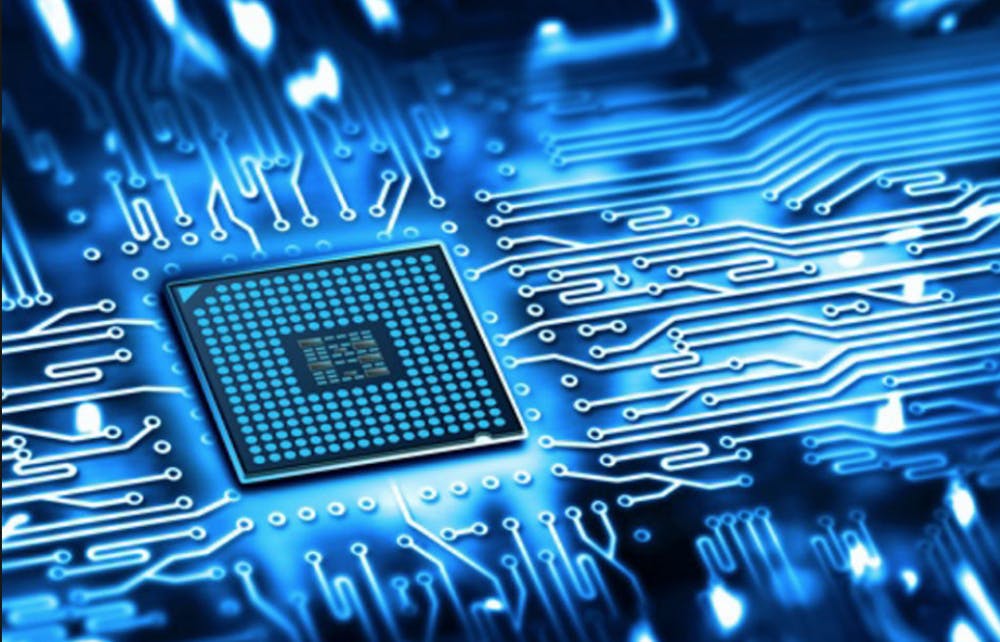Carrying out experiments in test tubes and other devices can be cumbersome and time intensive, but Duke researchers may have developed a better system.
Engineers at Duke’s Acoustofluidics Lab, led by Tony Jun Huang—William Bevan professor of mechanical engineering and mechanical science—have solved one of the biggest problems of lab-on-a-chip technology, which allows researchers to perform big experiments on computer chips the size of a quarter.
With this technology, experiments are less expensive, more efficient and more accessible to the public. The applications range from early disease detection in low-resource settings where hospitals aren’t accessible to large-scale drug testing in the pharmaceutical industry.
“Lab-on-a-chip overcomes the inherent drawbacks of manual operations,” wrote Stephen Zhang, who worked on the project as a graduate student at the Huang lab. “For example, a simple high-content screening test in a pharmaceutical company may involve testing tens of thousands of compounds and conditions, which a human experimenter would not be capable of doing on their own.”
The benefits extend beyond mere speed to safety as well, Zhang added, as a smaller scale of experiment would reduce "the risk of biohazardous exposure to workers."
Despite these advantages, a significant problem remains—liquid samples inevitably leave traces in the chips, so chips are contaminated as soon as they are used. This means that chips can be used just once before being thrown away. That's where Duke researchers have stepped in and attempted to tackle the issue.
“We use acoustofluidics to position liquid sample droplets so they are not in physical contact with the actual chip,” Zhang wrote. “This exponentially increases the programmability and life span of the digital acoustofluidics chip, meaning we can use it over and over again for different things.”
The way the acoustofluidics technique works is by first coating the surface of the chip with a thin layer of specialized oil. This oil acts a barrier between the physical surface of the chip and the chemicals being tested.
Just below the oil, special metal conductors vibrate when electricity passes through them, which create sound waves that “shake up” residue and prevent any sample droplets from “sticking” to the chip surface. This allows droplets to effectively “surf” on the sound waves.
“This contact-free feature is especially relevant to applications involving biohazardous materials such as blood and fecal matter,” Zhang wrote. “These are the main substances that leave contaminating residues. By using acoustofluidics, the fluid carrying chip will not be contaminated and can therefore be reused.”
The medical applications of acoustofluidics extend to improving access to healthcare in the developing world. For example, chips can be developed into a cheap, portable and reusable test for infectious diseases like malaria, he added.
Zhang wrote that the Huang lab next intended to expand its acoustofluidics technology by creating a fully automated system that can handle many different samples at once.
Get The Chronicle straight to your inbox
Sign up for our weekly newsletter. Cancel at any time.

